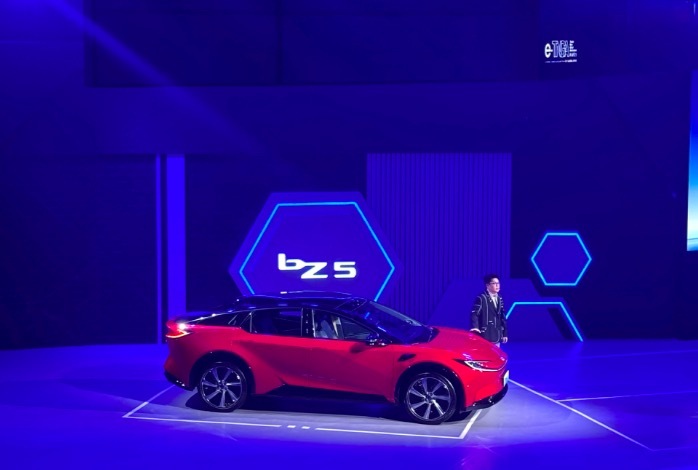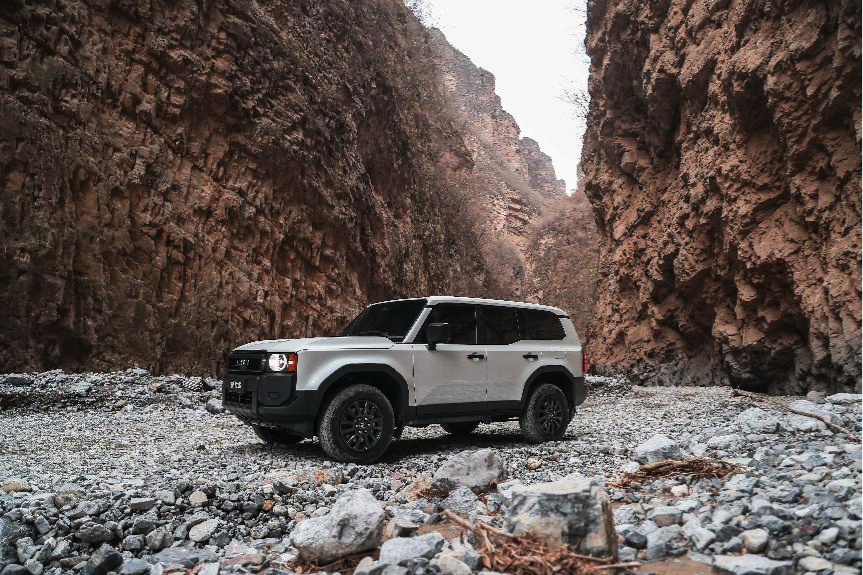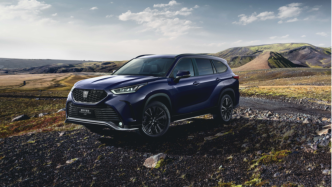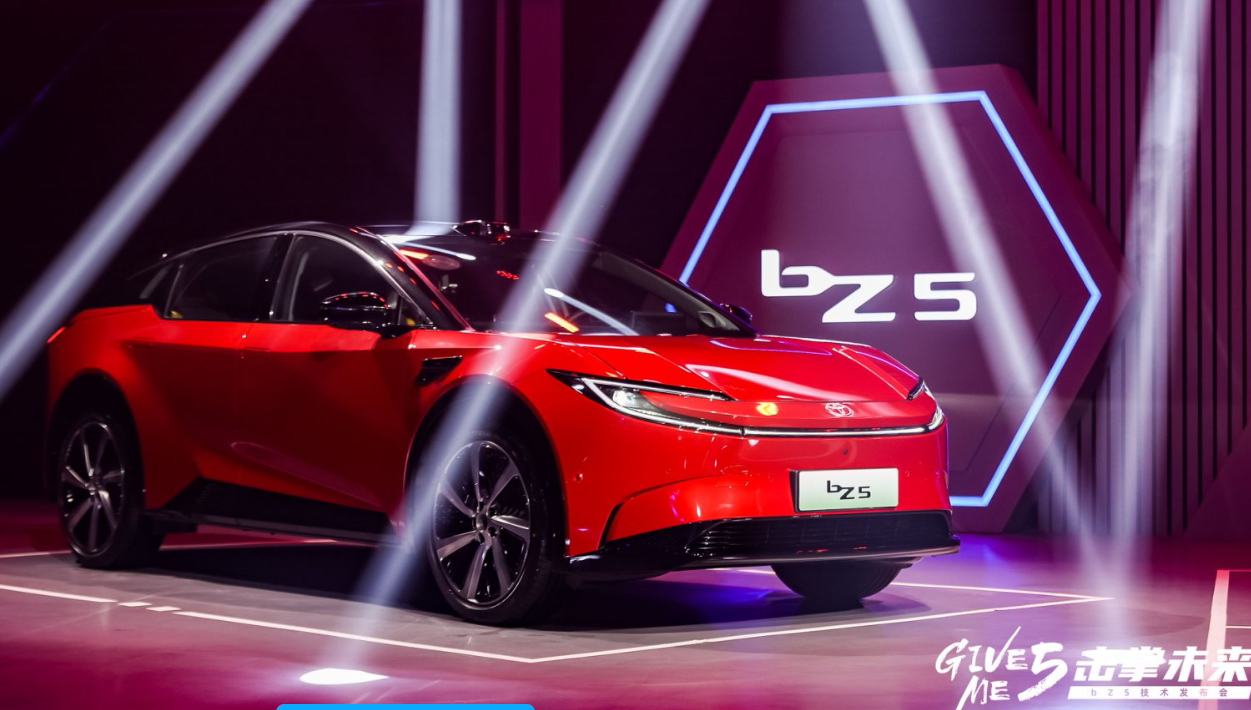
As the global automotive industry is moving towards electrification and intelligence, the Chinese market is becoming a "dual engine" for technology iteration and consumption upgrades. However, joint venture brands generally face a dilemma: they must inherit the global technology system while responding quickly to local needs.
On the other hand, in the context of severe homogeneity of smart electric products, drastic changes in demand among the younger generation of consumers, and the "dilemma" between product safety and technological leadership, how to stand out from the many new products is not only a test of the product itself, but also the car companies' long-term accumulation of car manufacturing experience, accurate insight into market changes, and unshakable strategic determination.
This year, FAW Toyota, based on Toyota Motor's new strategic layout of "standing in the world, more in China", fully integrated Chinese user needs into its products by strengthening local R&D (RCE system), proving that joint venture brands are not limited to following trends, but can define a new era through the dual-wheel drive of "technology + users". In the view of this mainstream joint venture automaker, transformation is not about betting on the track, but about making each car a precise solution to user needs.
A “systemic revolution” in safety and intelligent driving
When the industry was caught in the internal circulation of range anxiety and intelligent driving parameters, FAW Toyota gave a completely different answer at the Shanghai Auto Show last month. With bZ5 as the core carrier, it redefines the value of smart electric vehicles with "systemic safety" and "perceptible experience". This new model built on the e-TNGA pure electric platform deeply binds Toyota's global safety genes with China's localized innovation. The e-TNGA platform gives bZ5 the inherent advantages of increased body rigidity and lower center of gravity. The precision error of the stamping process is controlled within the micron level. The thicker battery pack bottom plate is combined with the collision energy absorption structure made of submarine-grade steel, and the "five-layer armor" battery protection system (energy absorption structure, non-electric shell, insulating coolant, integrated cooler, overcharge monitoring) is combined with the dual mechanisms of physical isolation and chemical barrier to minimize the risk of thermal runaway.
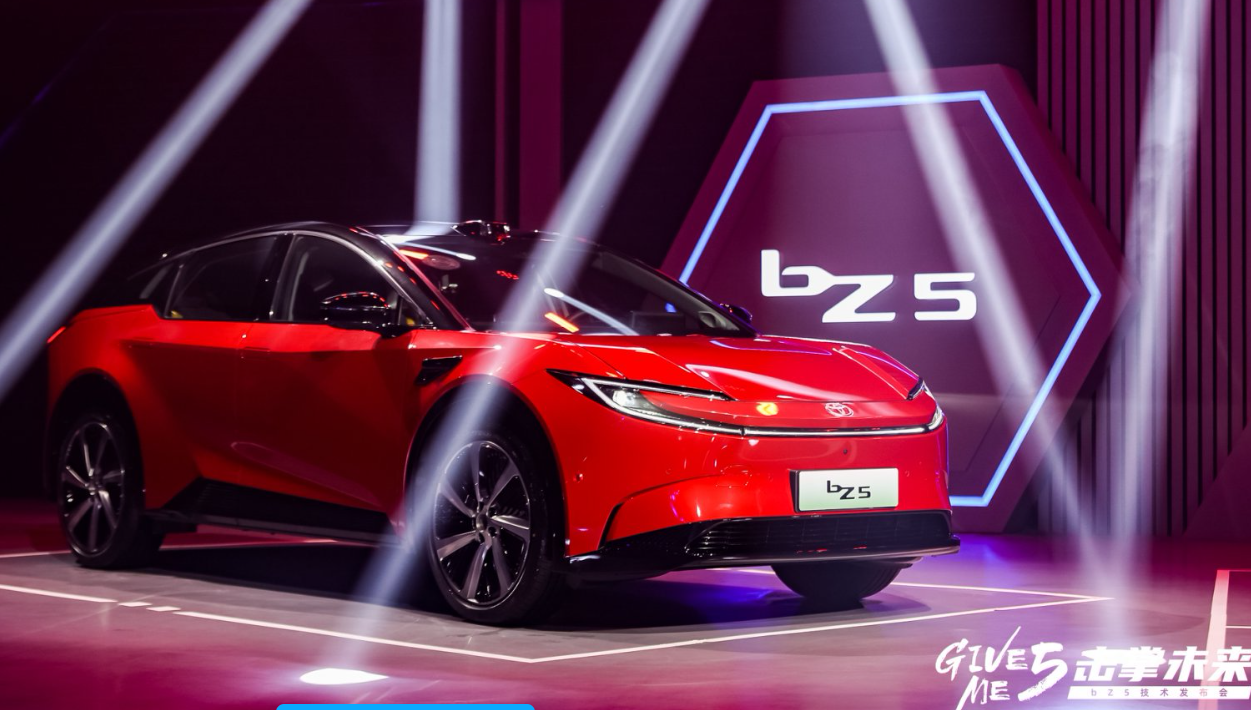
In terms of intelligent driving, the Toyota Pilot system equipped in the bZ5 is driven by the Momenta Flywheel Model 5.0. Relying on the collaboration of the 544Tops computing chip and 33 sensors, it has accumulated billions of kilometers of real road condition data for training, which is equivalent to thousands of years of continuous driving by human drivers. This greatly improves the success rate of lane changes and on-ramp and off-ramp success rates in scenarios without high-precision maps.
No amount of effort is too much for safety. In this new car, automatic braking to avoid an accident is just the first step. The in-car biological monitoring system uses millimeter-wave radar and cameras to detect children or pets left behind, activate the double flash and sound the horn within 10 seconds, and automatically turn on the air conditioner and push the phone alert after 5 minutes, extending safety from driving scenarios to the entire vehicle life cycle.
In addition to the "programmed" redundant closed loop, bZ5 is equipped with four rare hardware redundancies in the industry: "brake redundancy" of dual circuit boards + dual motors, "parking redundancy" of EPB + ECU dual chips, "steering redundancy" of dual signal transmission links, and "motor control redundancy" of dual chip collaboration. These "bottom-line measures" allow the vehicle to maintain basic functional operation even when a single system fails, greatly improving the driving fault tolerance rate.
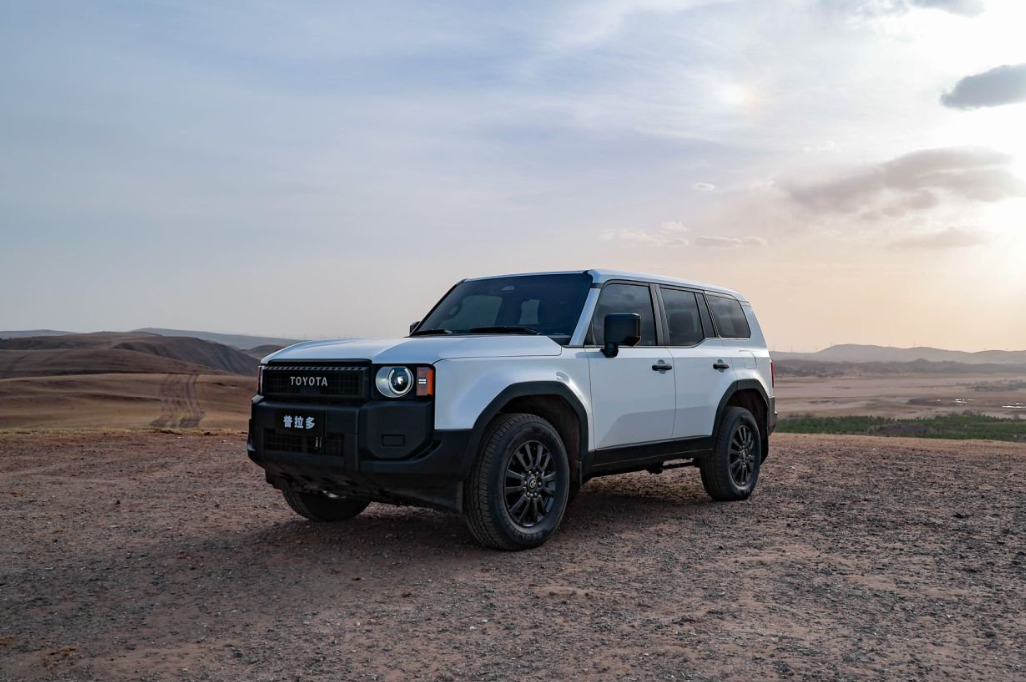
This technological confidence extends to the entire product matrix. The new Prado 2.4T super hybrid system maintains strong performance in extreme environments, meeting the core demands of hardcore SUV users with the off-road gene of "returning safely"; the Avalon Hybrid continues to lead the 250,000-300,000 yuan sedan market with its TNGA-K platform and high reliability reputation; Grevia uses Multi-stage HEV technology to reduce the MPV's fuel consumption to 5.8L per 100 kilometers, making luxury and energy saving no longer contradictory.
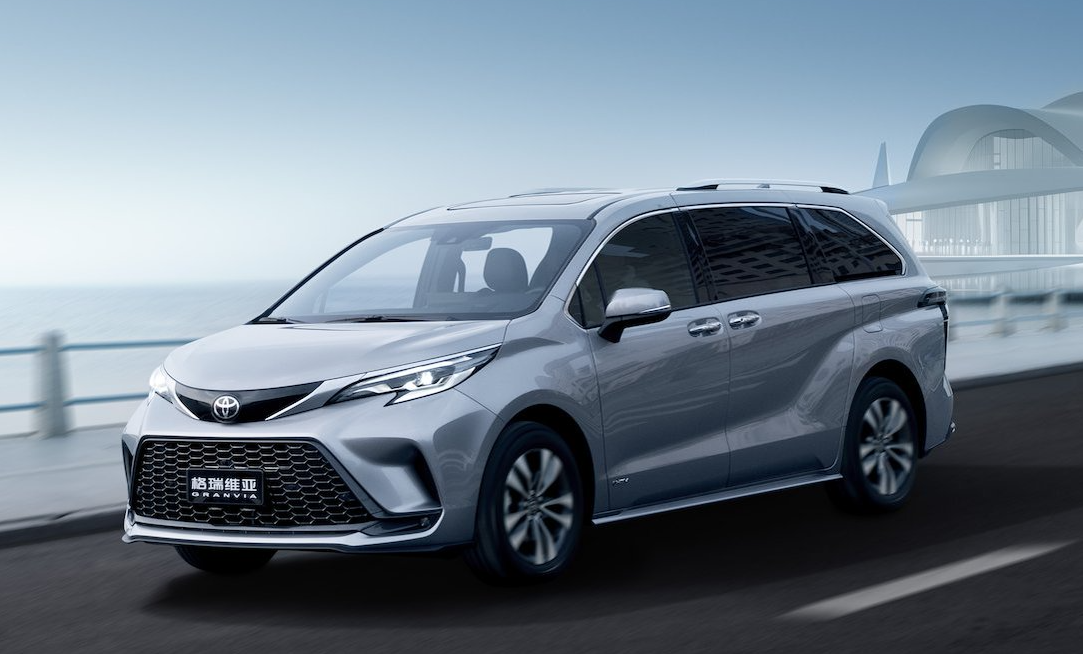
User demands return to rationality, and the basic skills of quality and durability are always grasped
In the context of an industry where marketing words are becoming more and more exaggerated, it seems that users regard "fun" and "novelty" as the most important attributes for car purchases. But this is not the case. Recently, the "New Energy Vehicle Consumption Insights and Forecasts (2024-2025)" report jointly released by the China Electric Vehicle Hundred People's Association and Ries Strategic Consulting divided car buyers into innovators, early users, early majority, late majority, and laggards. The first three pursue "fun" configurations, while the latter two prefer the attribute of "easy to use". It is worth noting that the report data shows that in 2024, "late majority" and "laggards" have accounted for 50% of the user volume-this shows that when the marginal effect brought by novel configurations decreases day by day, people are still willing to return to the most basic attributes of cars such as easy to use, durable, and high quality.

Opportunities come to those who are prepared. FAW Toyota has always adhered to high quality as the underlying logic of car manufacturing. It has won the championship in after-sales service satisfaction and the first place in JD Power reliability for seven consecutive years. Therefore, it can be confident in the face of ever-changing consumer characteristics.
In the first quarter of 2025, FAW Toyota's sales volume grew by 9.6% against the trend to 172,000 units. With the continuous strengthening of localized R&D and the continuous improvement of insights into Chinese user needs, the proportion of electrified models in the first quarter increased to 51%, and high-end models accounted for 59%. This fully proves that FAW Toyota has deeply implemented the will of "standing in the world, more in China", which is also consistent with the trend shown in the above report.
Not only that, with the QDR system as a solid foundation, FAW Toyota launched the "Time Renewal Plan" this year to continue the concept of high quality, high durability and high reliability, activating the replacement potential of 12 million old users.
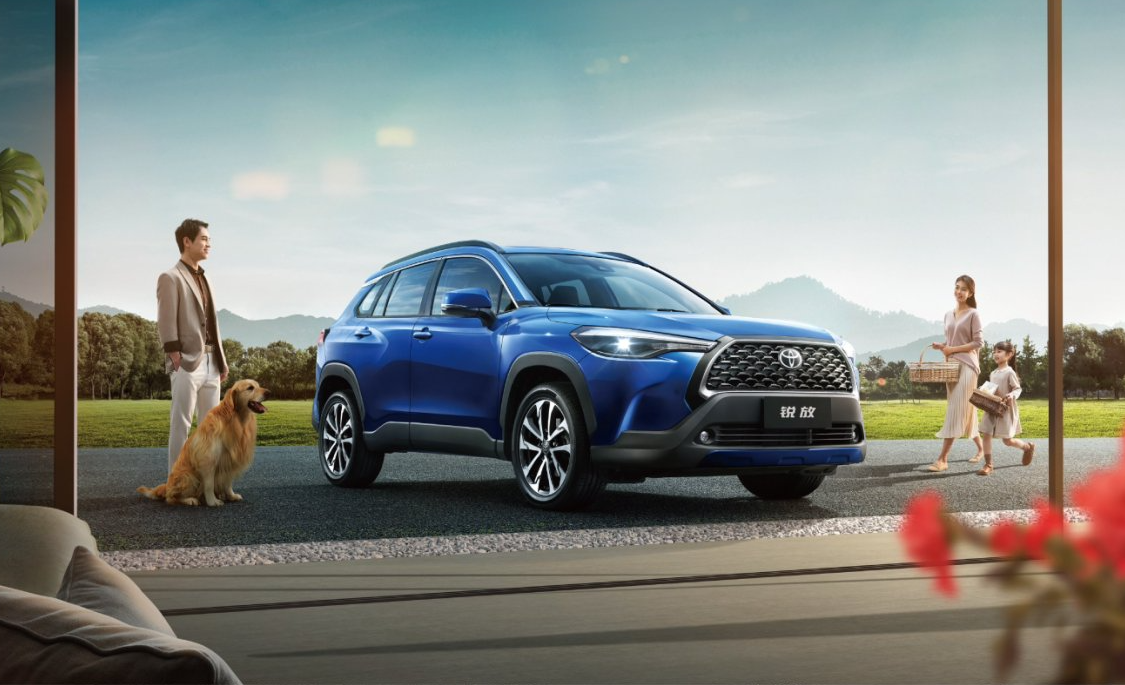
"Toyota that never breaks down" not only exists in advertising slogans, but is also reflected in the feedback from users in the real world. In people's traditional concept, the older the car is, the lower the residual value is. However, in FAW Toyota's system, for every additional year of car age, the replacement subsidy provided by the manufacturer to users increases by 1,000 yuan. Through group buying, online lucky draws and other activities, users can share car purchase subsidies with relatives and friends, greatly lowering the threshold for car purchases. In May and June of this year, almost all FAW Toyota product lines, including RAV4, Asia Dragon, Prado, etc., are included in the above subsidy range.
In the context of the industry shifting from price war to value war, FAW Toyota's move is to build long-term trust with technical strength as the fulcrum, so that users can buy value today, use it tomorrow, and save money the day after tomorrow. By adhering to the original intention of "making better cars", FAW Toyota is using quality as a shield and trust as a spear to write the answer to the joint venture brand's cycle.
Strategic determination to cross cycles
From electrified models accounting for more than half of the total to the continued leadership of the QDR quality system, from the breakthrough of "mapless driving" technology to the continuous cultivation of user reputation, FAW Toyota has demonstrated not only tactical agility, but also strategic determination. When the industry is keen to chase the trend, it chooses to deepen localized research and development; when the market is caught in a price war, it insists on using "systemic safety" and "full life cycle value" to build a moat. This resilience comes from the awe of the essence of the automotive industry - car manufacturing is not a sprint, but a marathon that requires continuous investment in technology, continuous understanding of users, and continuous creation of value. With this resilience, FAW Toyota is writing a new approach of "joint venture brand 2.0" in the era of smart electric vehicles.
